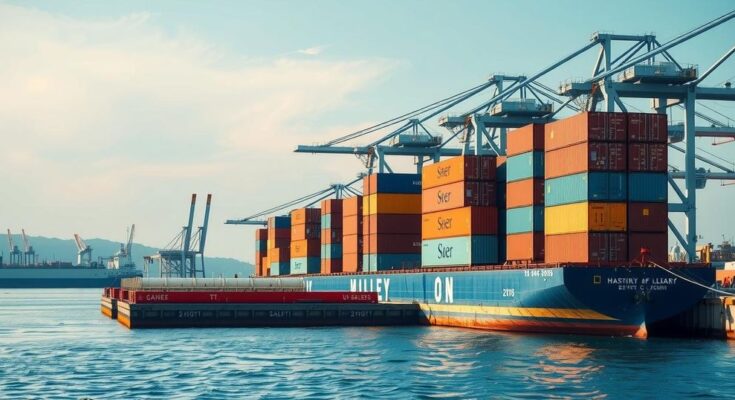In a bold announcement, President Donald Trump revealed his plan to sign a new order increasing U.S. tariffs to match those levied by other countries. “TODAY IS THE BIG ONE: RECIPROCAL TARIFFS!!!” proclaimed Trump on Truth Social, underpinning a strategy aimed at revitalising domestic manufacturing jobs by making foreign goods pricier for American consumers.
However, this move raises alarm bells among economists who warn that such tariffs could serve as a tax increase on U.S. shoppers, further exacerbating inflationary trends that have already been troubling the economy. This potential shift could reverberate globally, potentially stifling growth while increasing market tension among the U.S. and its trading partners.
Trump’s recent tariff threats have targeted several nations, particularly China, which faces an additional 10% tariff linked to its role in the opioid crisis. Moreover, pending tariffs on Canada and Mexico, along with a reinstated slate of steel and aluminium tariffs, paint a picture of a looming trade conflict in North America and beyond.
In retaliation, countries like Canada and the EU are poised with countermeasures, while China has already implemented its own tariffs on U.S. exports, aggravating an increasingly fraught economic exchange. Trump has yet to clarify exactly what he means by “reciprocal”, leaving questions on how broadly these tariffs will apply across other foreign charges.
Despite the economic ramifications, the Trump administration argues that aligning U.S. tariffs with those of competing nations could level the trade playing field, thus promising potential long-term benefits for American farmers and manufacturers. However, this political gamble hinges on voters’ willingness to endure the side effects of heightened inflation, which had previously dented Biden’s approval ratings.
Financial forecasts from institutions like Wells Fargo suggest that the tariffs could tip the scales towards ‘stagflation’, where growth stagnates even as prices rise. The interplay of enhanced tax cuts and these tariffs unfolds a tumultuous economic narrative, signalling a tense period ahead for consumer spending and growth rates.
President Trump plans to implement reciprocal tariffs matching those of other countries, seeking to bolster U.S. manufacturing. While he argues this will balance trade, economists warn it could increase inflation and strain consumer spending. Counteractions from trading partners like China, Canada, and the EU are expected, creating a complex economic landscape rife with potential conflict.
Trump’s impending reciprocal tariffs mark a significant policy shift aiming to boost domestic production by levying comparable tariffs on foreign goods. While this strategy may revive factories, it risks igniting inflation and straining consumer wallets. With international tensions flaring, the stakes are high as financial analysts predict a potential downturn in economic growth amid widespread price increases.
Original Source: apnews.com



